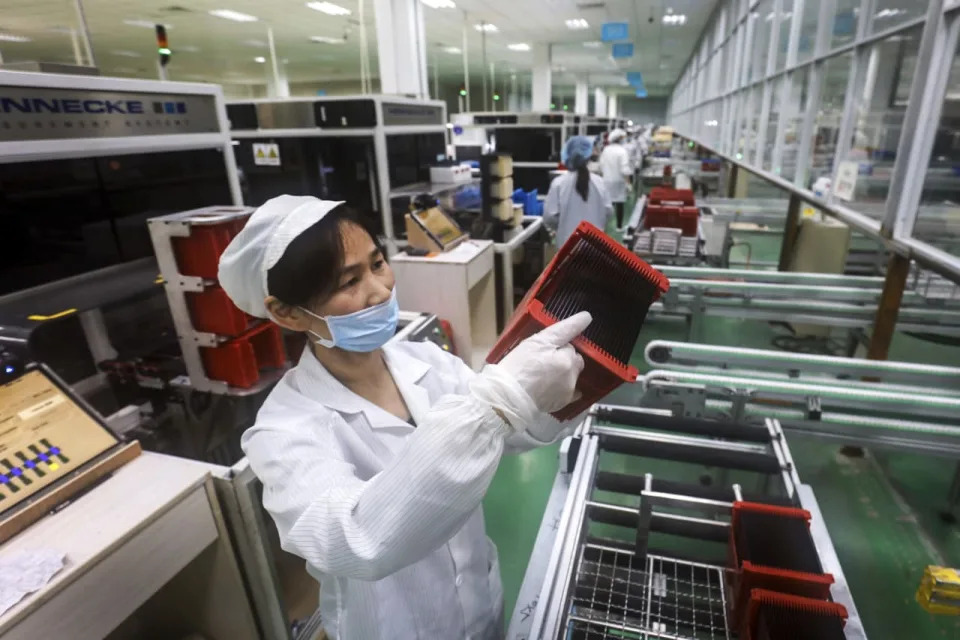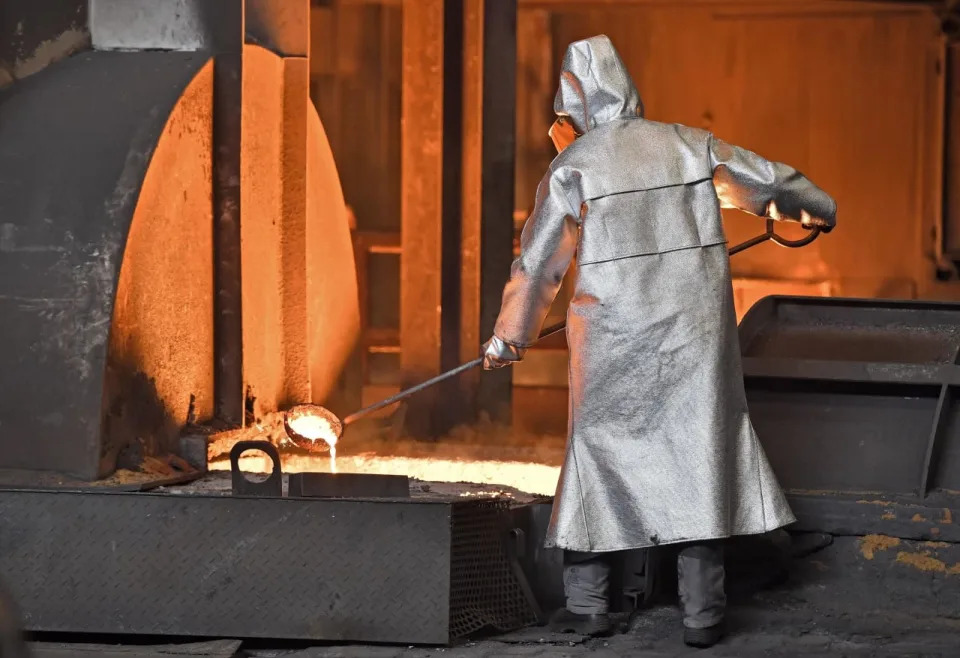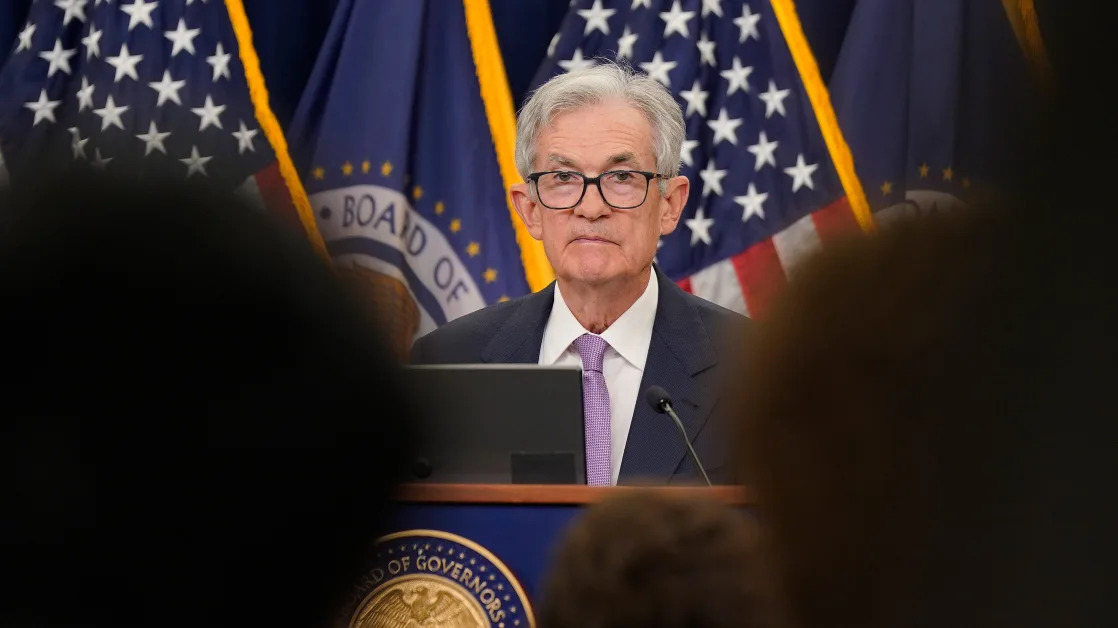
Sometimes the order in which you do things makes all the difference.
That could prove to be the case with President-elect Donald Trump’s economic policies. In his first term, sweeping tax cuts preceded the imposition of selective tariffs . That meant the economy already had solid momentum when the negative impact from trade disruptions hit.
This time around, the order is likely to be reversed. The tariffs could also be much wider while the amount of new tax relief is smaller. That seems like a recipe for an economic downturn.
“Trump’s economic agenda is initially (mostly) negative for the economy, while ‘growth positive’ factors are back-end loaded to the end of 2025 and beyond,” Longview Economics wrote in a note. The note added that tariffs will effectively act as a tax hike on consumers, similar to high oil prices.
A review of Trump’s last administration is instructive. After nearly a year of congressional wrangling, the Tax Cuts and Jobs Act was passed in late 2017 and took effect at the start of 2018. It lowered individual income-tax rates, including the top marginal rate, from 39.6% to 37%. But its biggest impact was on businesses, reducing the corporate income-tax rate to 21% from 35%.
The law was an economic success. Real gross domestic product growth accelerated to 3% in 2018 from 2.5% the prior year, marking the best year for growth since before the financial crisis. The economy added 263,000 manufacturing jobs that year, the most since 1997.

But Trump’s trade battles soon threw sand into the gears. They began narrowly, with tariffs on solar panels and washing machines imposed in January 2018. Steel and aluminum tariffs followed in March of 2018.
Though limited in scope, these affected the economy by disrupting supply chains and raising manufacturing costs. The Peterson Institute for International Economics estimated that tariffs increased the domestic price of steel products by 9%, creating 8,700 jobs in the steel industry but at a cost of $650,000 for each one created.
The tariffs were also met with retaliatory measures by trading partners. For instance, in June of 2018, the European Union imposed tariffs on U.S. steel, aluminum and agricultural and food products as well as classic American goods such as whiskey, motorcycles and bluejeans.
These drags on the economy still were outweighed by the strong momentum from tax cuts, at least initially. But then came the escalating trade battle with China. According to a timeline of events from PIIE, this began with tariffs on $34 billion worth of Chinese goods in July of 2018, rising to $50 billion worth in August of that year and then $250 billion in September.
Finally, in September of 2019, new tariffs were imposed on an additional $112 billion of Chinese goods. While prior rounds focused mainly on capital and intermediate goods, these tariffs hit consumer clothing and shoes. Each escalation was met with tit-for-tat retaliation from China.
These trade battles led to wild swings in markets. More important, they began to drag on industry, leading to what many analysts termed a “manufacturing recession” in 2019. Manufacturing employment declined by 48,000 from its peak in January 2019 through February 2020.
No one knows how this story would have ended if the pandemic hadn’t intervened, but many analysts were concerned that an outright recession was on the way. The ISM Manufacturing PMI, which is effectively a gauge of manufacturer sentiment in the U.S., fell to 47.9 in December 2019, its lowest point since 2016.
Fast forward to 2025. Trump is threatening to impose 10% to 20% tariffs not just on China and certain categories of goods, but all imports, which are worth trillions of dollars annually. The legality of doing so through executive action isn’t entirely clear, but in theory this could allow him to bypass Congress and act immediately upon taking office. Somewhat confusingly, Trump has separately threatened additional tariffs on China, Mexico and Canada.
So what exactly will happen is highly uncertain. But it would seem prudent to assume that there will be much more in broad-based tariffs than last time around and that they will be imposed far more quickly. That could mean an abrupt, negative shock to the economy, perhaps an order of magnitude greater than the total disruptions imposed by his tariffs in 2018 and 2019.
One way to moderate this risk would be to phase in tariffs by perhaps 2% to 5% a month, as Bloomberg has reported that Trump advisers are considering. But even that would mean tariffs reach high levels before a tax relief bill can take effect.
As for that bill, it will likely require several months of congressional negotiations, making mid-2025 the earliest possible time for passage, and late 2025 quite likely. The first priority would be to extend a lot of the original tax cuts that are set to expire at the end of the year, which the Tax Foundation estimates would reduce revenue by $3.4 trillion over 10 years.
Crucially, however, this wouldn’t add any incremental stimulus to the economy; it would merely keep tax rates where they are.
Trump has also proposed several other cuts, including eliminating taxes on tips, Social Security benefits and overtime pay, and restoring the full deduction for state and local taxes. But these would add trillions more to the tally, so it is unclear how many can make it through.
All this makes the euphoria in markets, with stock indexes near record highs, look a bit complacent. If the second Trump administration opens with a massive tariff shock, to be followed at some uncertain time months afterward with tax relief of unknown extent, the economy and markets will surely suffer. Investors could be in for a rude awakening.
Write to Aaron Back at aaron.back@wsj.com






